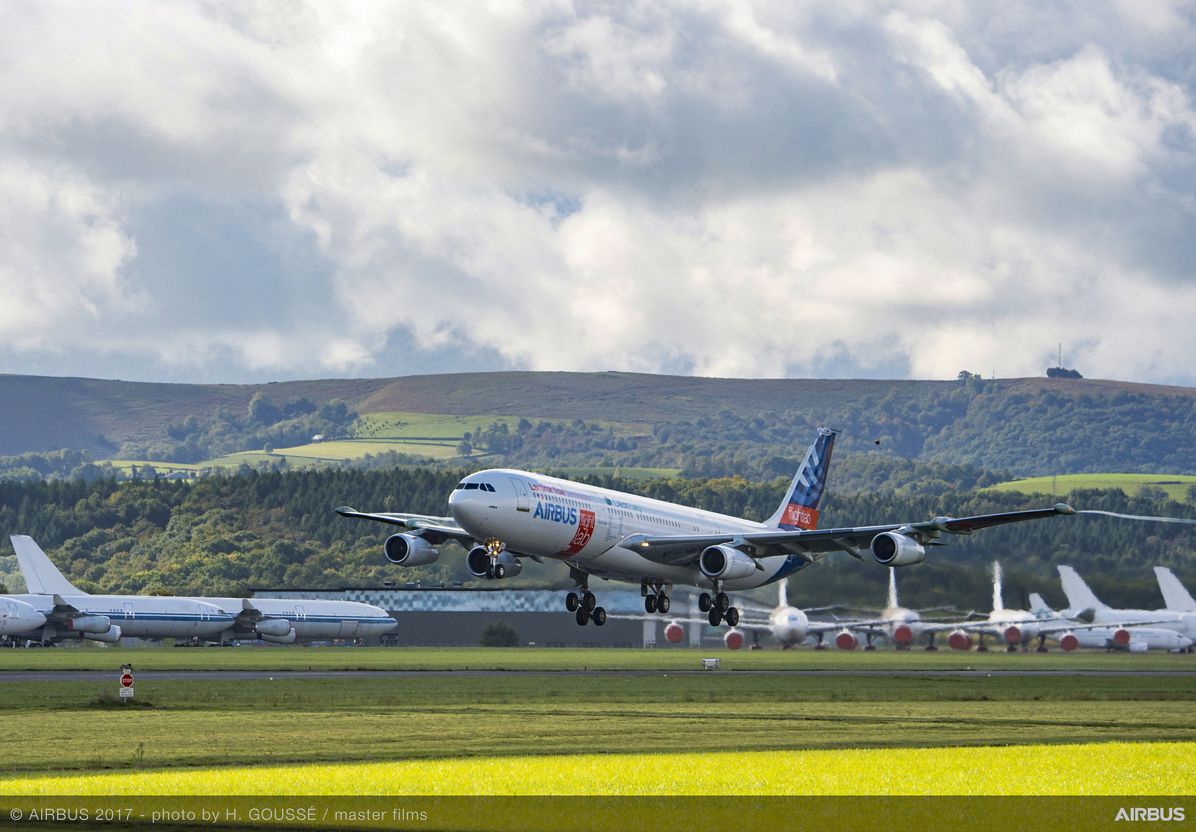Il s'agit d'une aile à faible flèche et à priori grand allongement dont la proportion du maître couple qui sera en écoulement laminaire sera plus grande que dans les ailes actuelles.
Le gain en trainée est de l'ordre de 10%
Sans compter à priori un gain en poids.
A voir quelle vitesse de croisière visée par cette aile
Dans la barque GKN et SAAB
Vol d'un démonstrateur : 2014
A suivre
http://www.flightglobal.com/articles/2011/01/11/351557/laminar-smart-wing-could-reduce-drag-by-10.html
Along with the open rotor engine, the Smart Fixed Wing Aircraft integrated technoogy demonstrator is one of the flagships of Clean Sky, in particular the development of a laminar wing.
As Axel Krein, senior vice-president research and technology at Airbus, says: "One of the big items is to design and test and put together an all-new laminar smart wing. This will have lower drag, which saves a lot of fuel, and so reduces the CO2 emissions of commercial flight."
Goran Bengtsson, Clean Sky programme manager at Saab and co-leader of the technology demonstrator, adds: "It is not easy to design such a wing because the requirements on it are at levels we have not seen before in aviation."
The wing must be lighter and smoother than current designs, he says, "to enable the flow to stay laminar on a bigger portion of the wing. This creates extra complexity and we need to design and build the wing in a new way".
Saab is working on the cover and leading edge of the wing and has already made the first samples of wing section, "showing that we have the tooling technology to produce such a wing part", says Bengtsson.
The laminar wing will look different to current designs, with much less sweep, a thinner and shorter leading edge and a smaller radius to its curvature. The new wing could reduce drag by 10%, Bengtsson adds.
The flying demonstrator is due in 2014, says Bengtsson, "so, by then, this wing must be ready for flight tests. In aviation terms, that is not long."
GKN Aerospace is also involved in the laminar wing programme, providing advanced mechanical, bonding, post-assembly finishing and coating solutions for the leading edge of the Natural Laminar Flow wing.
GKN technical director Richard Oldfield says: "It is progressing reasonably well in the early stages, but there will be a significant ramp-up in the next 18-24 months."
Krein adds: "We are now close to the phase where we have all the elements of knowledge and technology understanding together, such that we can say: 'yes, we do it' on this aircraft. And this is where we will be with the smart wing in a short time."


















